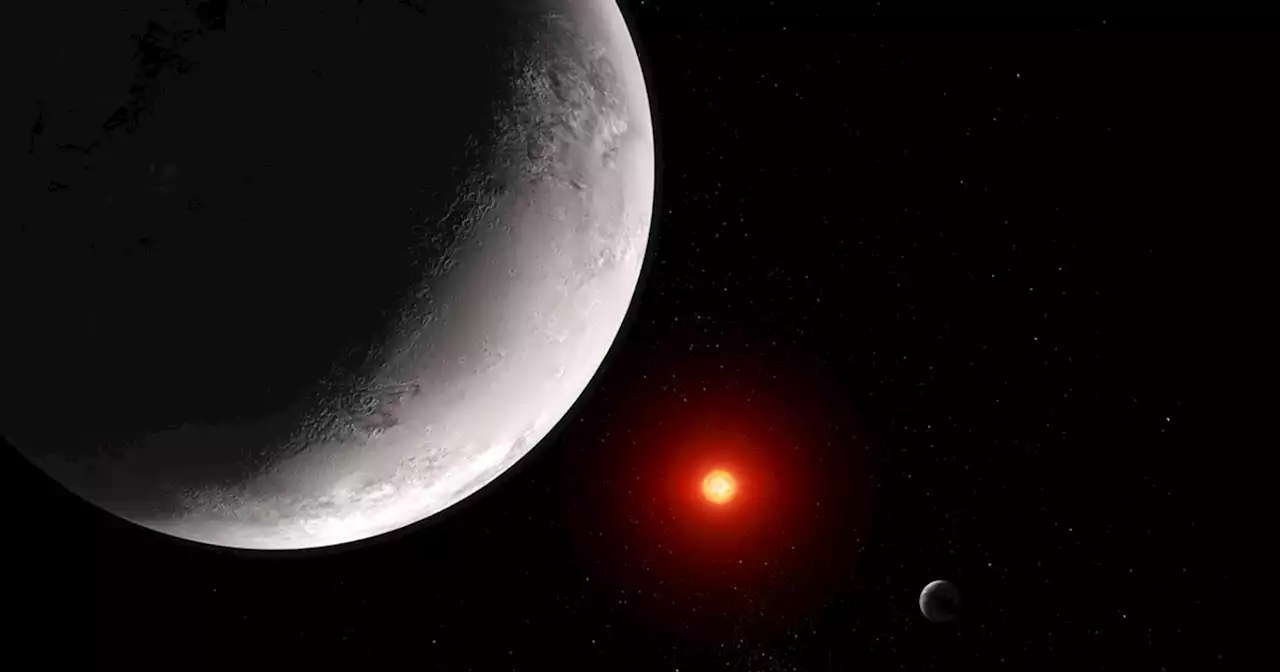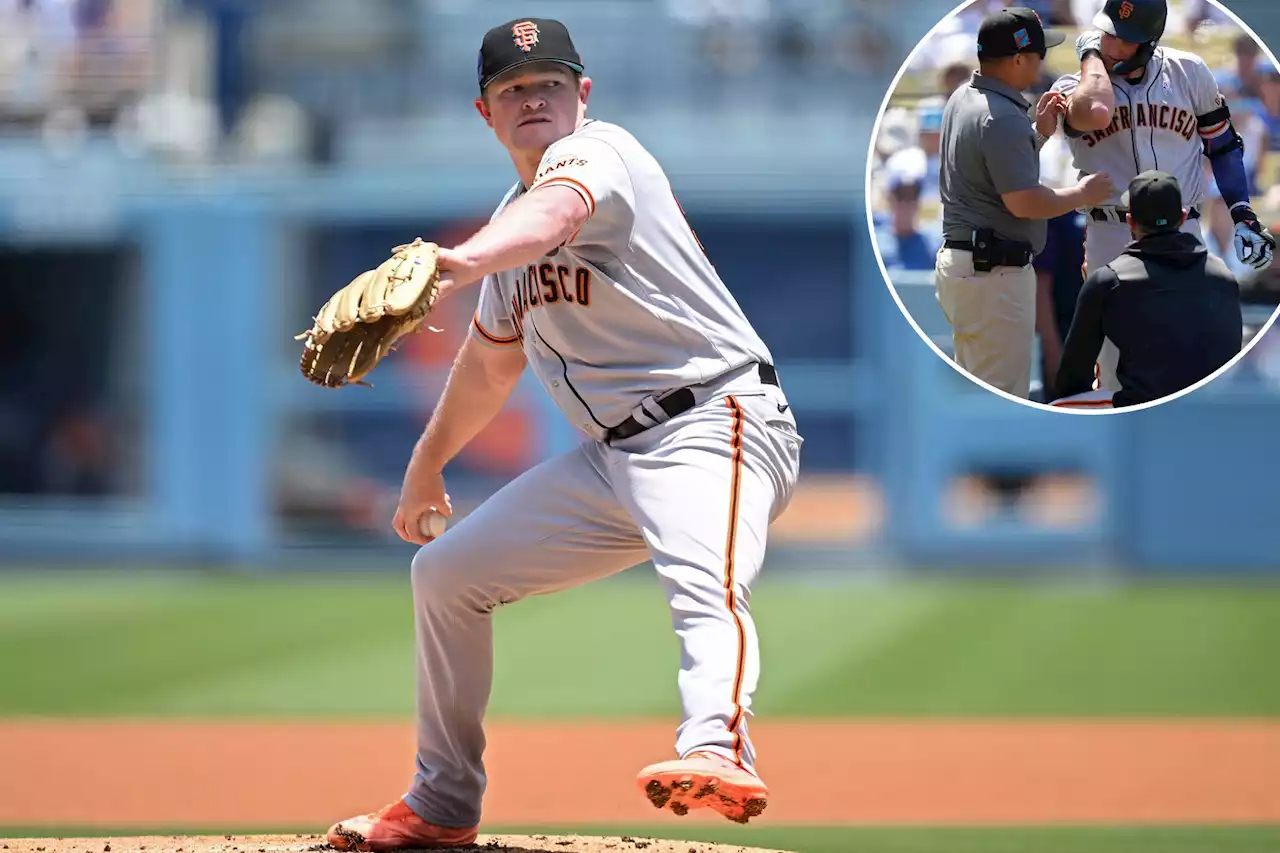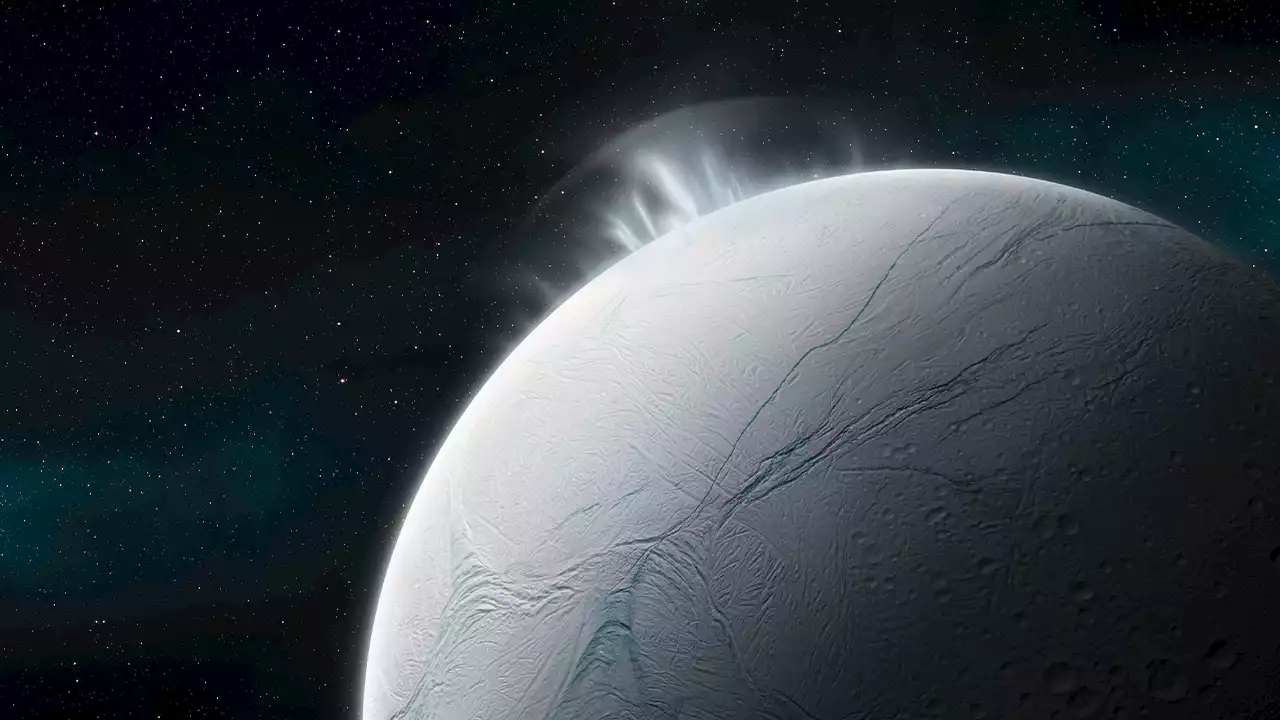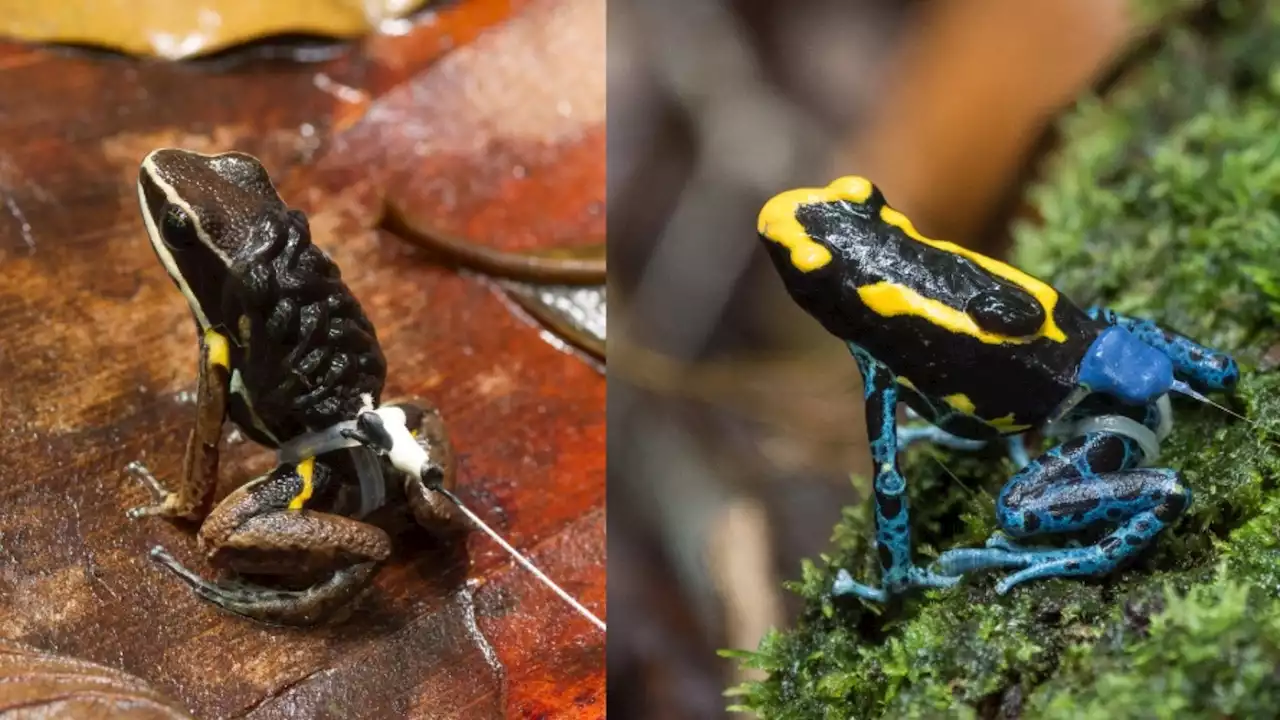Webb's brightness measurements are equivalent to noticing four out of 10,000 tiny light bulbs have gone out.
"We want to know if rocky planets have atmospheres or not," Sebastian Zieba, a graduate student at the Max Planck Institute for Astronomy in Germany and first author of the study explained in the NASA post. "In the past, we could only really study planets with thick, hydrogen-rich atmospheres. With Webb, we can finally start to search for atmospheres dominated by oxygen, nitrogen, and carbon dioxide.
They measured the brightness of the star by itself when the planet was behind the star and the brightness when the planet was beside the star — allowing them to analyze light from the star and planet combined. By comparing these two measurements, they were able to determine the mid-infrared light coming from the dayside of the planet totaled 15 microns.
According to NASA, the decrease in brightness detected by Webb as the planet moved behind the star was 0.04 percent. This is equivalent to looking at 10,000 tiny light bulbs and noticing that only four have gone out. With such impressive capabilities, Webb will help us unearth the mysteries of
México Últimas Noticias, México Titulares
Similar News:También puedes leer noticias similares a ésta que hemos recopilado de otras fuentes de noticias.
 James Webb searches for habitability in TRAPPIST-1 system | Digital TrendsJames Webb peered into the atmosphere of what was thought to be a Venus-like planet, and saw something unexpected.
James Webb searches for habitability in TRAPPIST-1 system | Digital TrendsJames Webb peered into the atmosphere of what was thought to be a Venus-like planet, and saw something unexpected.
Leer más »
 Giants pitcher Logan Webb ‘not happy’ with Dodgers fans booing after injury woesLogan Webb had thoughts about Dodger fans booing his teammates.
Giants pitcher Logan Webb ‘not happy’ with Dodgers fans booing after injury woesLogan Webb had thoughts about Dodger fans booing his teammates.
Leer más »
 Moon in solar system has elements needed to support life: scientistsScientists studying data collected by NASA's Cassini mission found Saturn's moon Enceladus has the necessary materials to make it habitable.
Moon in solar system has elements needed to support life: scientistsScientists studying data collected by NASA's Cassini mission found Saturn's moon Enceladus has the necessary materials to make it habitable.
Leer más »
 The JWST is already delivering on its promise to transform cosmologyAlmost a year after its first images were released, the James Webb Space Telescope is living up to the hype, and its price tag, by revolutionising our understanding of the universe
The JWST is already delivering on its promise to transform cosmologyAlmost a year after its first images were released, the James Webb Space Telescope is living up to the hype, and its price tag, by revolutionising our understanding of the universe
Leer más »
 Scientists put 'G-strings' on tiny frogs to track their movementBiologist Andrius Pašukonis and his colleagues designed an underwear-like tracking device to study the navigational capabilities of poisonous frogs.
Scientists put 'G-strings' on tiny frogs to track their movementBiologist Andrius Pašukonis and his colleagues designed an underwear-like tracking device to study the navigational capabilities of poisonous frogs.
Leer más »
 How climate scientists communicate risk is still imperfect but shows improvement, finds assessmentScientists have long struggled to find the best way to present crucial facts about future sea level rise, but are getting better at communicating more clearly, according to an international group of climate scientists, including a leading Rutgers expert.
How climate scientists communicate risk is still imperfect but shows improvement, finds assessmentScientists have long struggled to find the best way to present crucial facts about future sea level rise, but are getting better at communicating more clearly, according to an international group of climate scientists, including a leading Rutgers expert.
Leer más »
